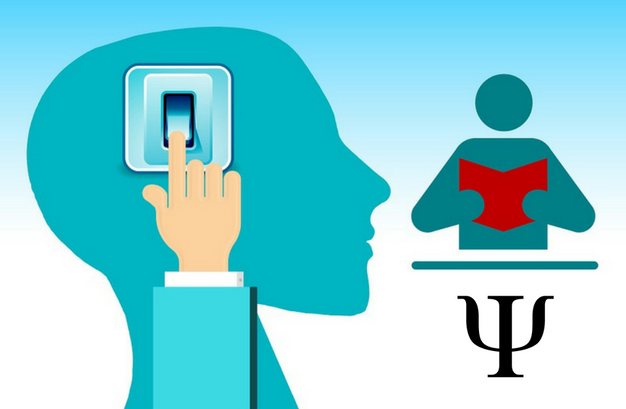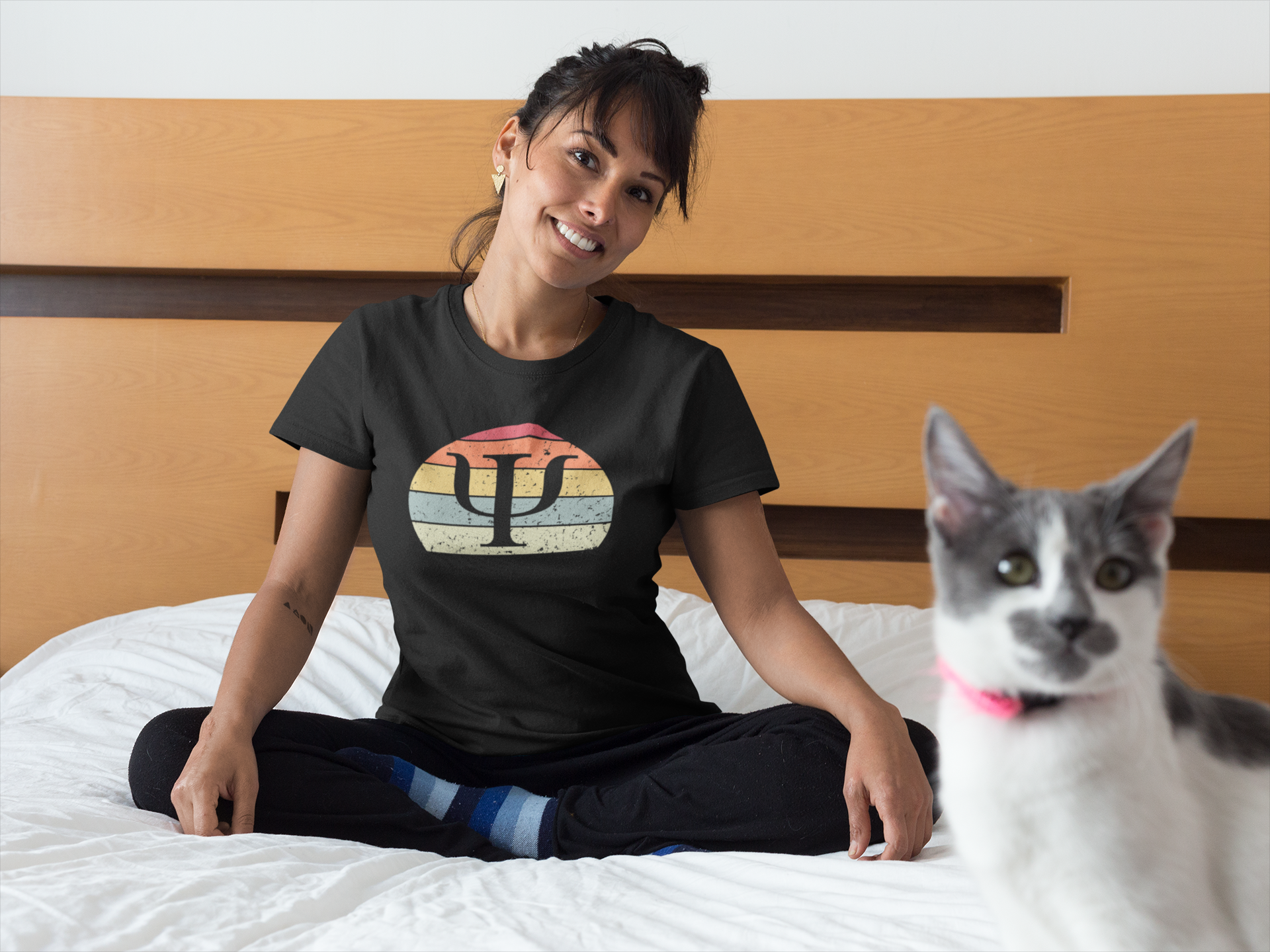Psychology Classics On Amazon

Body Language Books Get It Wrong:
The Truth About Reading Nonverbal Cues
Defensive, uncertain, confident, confrontational: can your body language reveal what you’re thinking?

Most of us have heard the one about if you cross your arms over your chest you’re feeling defensive or if you’re fiddling with your hair while talking you feel nervous – but is there really any truth to some of these body language stereotypes?
Reading body language can be a useful skill in understanding how someone is feeling or what they might be thinking. But it’s important to remember that it’s not an exact science and there can be cultural or individual variations in how people express themselves through body language. For example, eye contact in Japan can be considered an act of aggression or rudeness.
Indeed, you can’t trust everything you read in body language guides. For example, in a book published in 1970, author Ray Birdwhistell claimed that humans have 20,000 different facial expressions. But in the Definitive Book of Body Language published in 2004 by Allan and Barbara Pease, that number suddenly increased to 250,000.
A quarter of a million different facial expressions – no wonder you need to read a guide on body language to decode those. More recent scientific research suggests that the real number of facial expressions is actually closer to 21.
There are body language books that promise success in the boardroom, the bedroom, bars and restaurants. They promise success at work and at home along with how to read the “tells” of your friends and neighbours. These popular books have two main aims (apart from making money) – they explain how to “expertly” read body language but also how to fake it for maximum effect.
Dominant displays
The Definitive Book of Body Language, for example, tells us that the crotch display (legs open, crotch slightly thrust forward, hand on the belt) is used by “macho men and tough guys”. It’s a powerful sexual signal the authors say and they claim it works. They write: “This gesture tells others, ‘I am virile – I can dominate’ which is why it’s a regular for men on the prowl.”

Millions of people buy these books and try to recreate the crotch display or the “catapult” – the seated version of the hands-on-hip pose, with the hands behind the head and the elbows “menacingly pointed out”. The authors say this is an almost exclusively male gesture “used to intimidate others”.
It’s hard not to find either display a little comical partly because these “secret” meanings have been so widely shared in these bestselling books and partly because they are just inherently ridiculous.

These books are full of static images of the body language of effective “communicators” – and that’s one fundamental issue because body language is dynamic: the body is in motion. You can’t stand in a crotch display or sit in the catapult all day.
But that’s not to say body language isn’t important. Its significance is immense, although it’s not 12 times more powerful than verbal communication – as some have claimed.
Fake vs real
In my book Rethinking Body Language, I argue that to read body language accurately you need to know where to look. There may not be 20,000 different facial expressions, but the face can still be very revealing of underlying emotional states. That is until the person starts to try to control it, for example, by masking emotions with a smile.
So how can you tell a fake smile from a genuine smile? A genuine one involves the muscles around the eyes and fades slowly from the face. A fake masking smile leaves the face abruptly, as the US psychologist, Paul Ekman, has shown in his pioneering experiments linking emotions and facial expressions. So to decode facial expressions more accurately, you need to focus on what’s going on when the fake smile disappears. It’s very brief but it can be very revealing.
Another problem with the static nature of these body language books is that speech and body language are intimately connected, as US psychologist and expert in psycholinguistics (the psychology of language), David McNeill argued in his 2000 book Language and Gesture.

When people talk they often make spontaneous and unconscious hand movements that illustrate the content of what they’re saying. There’s no dictionary for these movements but they’re generated alongside speech itself. My own research has shown that meanings are expressed in these movements – and when people can’t see these gestures they miss important information.
Sometimes the gestural movement and the speech do not match. A speaker might say “my partner and I are very close” but their hands indicate a significant gap, rather than closeness. Another person says “I have very high ambitions” but their hand doesn’t rise that far, which you would expect if a person really felt that way.
I have argued in Rethinking Body Language that, in cases like this, the unconscious gesture is often the more reliable indicator of the underlying thought. But you need to know what they’re talking about to read the gestural movements.
It’s much easier to lie effectively in speech than in the accompanying gesture because these movements have intricate timings linked to the speech itself. The hand movement starts just before the speech and then the meaningful part of the gesture coincides exactly with the relevant word. It’s hard to get these timings right when lying. Again it’s all in the movement and the timing – and the close and unconscious connection between speech and body language.![]()
Geoff Beattie, Professor of Psychology, Edge Hill University
This article is republished from The Conversation under a Creative Commons license. Read the original article.
Hope you enjoyed reading 'Body Language Books Get It Wrong: The Truth About Reading Nonverbal Cues'. Want to read more great articles?
See following link to check out a fascinating collection of psychology articles by leading academics and researchers.
This Psychology Symbol - Vintage Retro Striped Sunset T-Shirt is available from Amazon (prime eligible) in a range of colors for women and men. Sales help support this website, which has been providing free and comprehensive information and resources for psychology students and educators since 2008.
Recent Articles
-
Counterfactual Thinking and the Psychology of “What If”
Nov 17, 25 04:22 AM
A deep look at counterfactual thinking, why we imagine “what if,” how it shapes regret, learning, and identity, and how to make peace with the roads not taken. -
Hyper-Meaning Generation: How Overstimulation Breaks the Modern Mind
Nov 16, 25 06:55 AM
What is hyper-meaning generation? A psychology-based explanation of how overstimulation, dopamine overload, and digital chaos fracture identity and destabilise the mind. -
Work Burnout: What It Really Is, What Causes It, and How to Prevent It
Nov 15, 25 07:39 AM
Work burnout is real and widely misunderstood. Learn what work burnout actually means, what causes it, and how to prevent it with evidence-based psychology.
Know someone who would love to read Body Language Books Get It Wrong: The Truth About Reading Nonverbal Cues? Share this page with them.
Please help support this website by visiting the All About Psychology Amazon Store to check out an awesome collection of psychology books, gifts and T-shirts.







